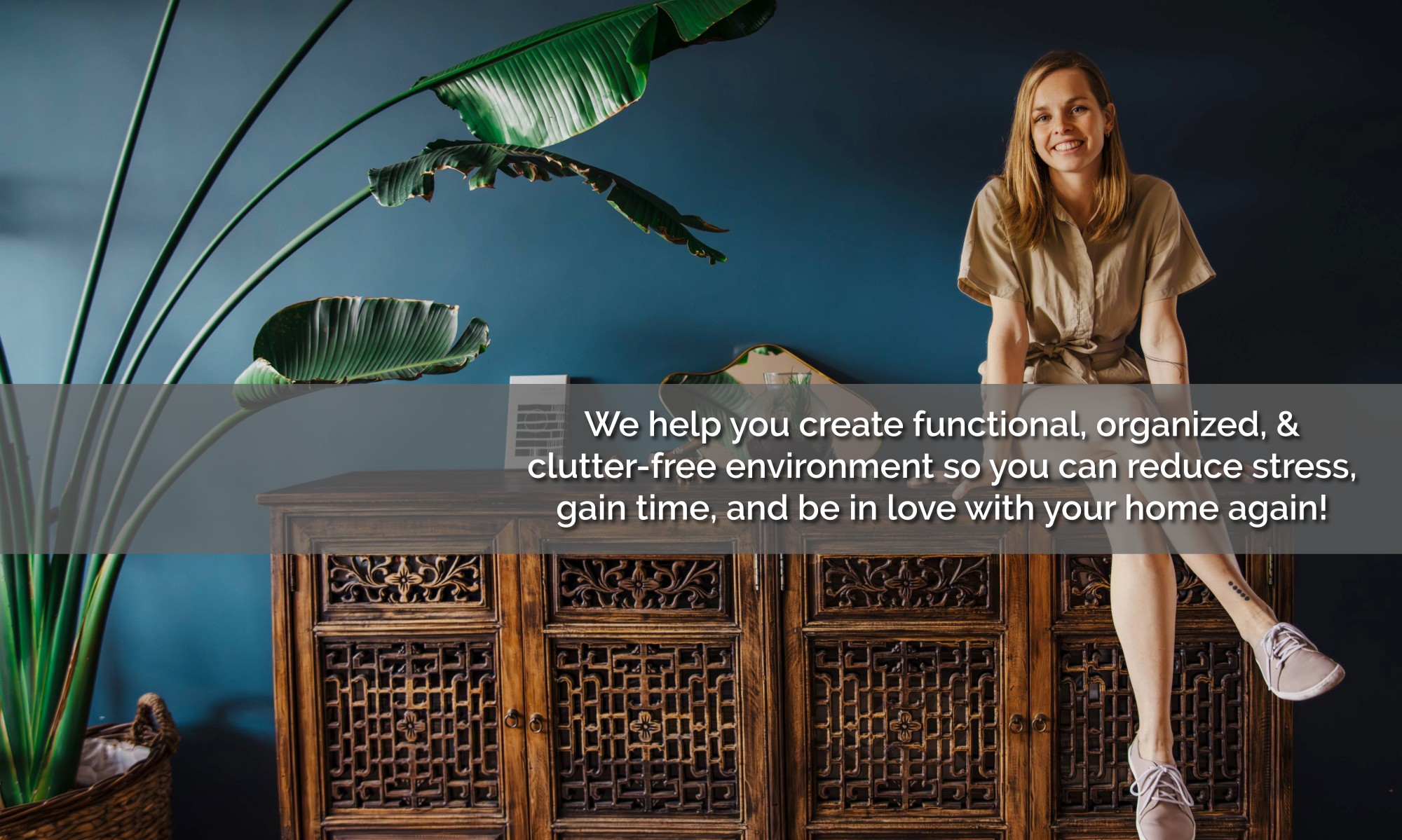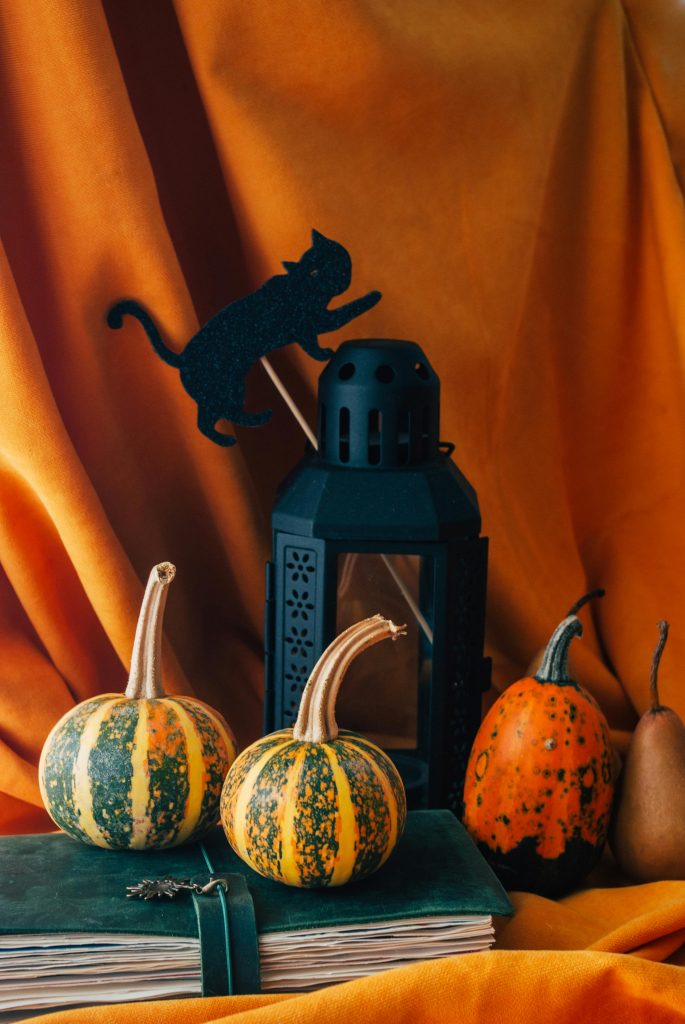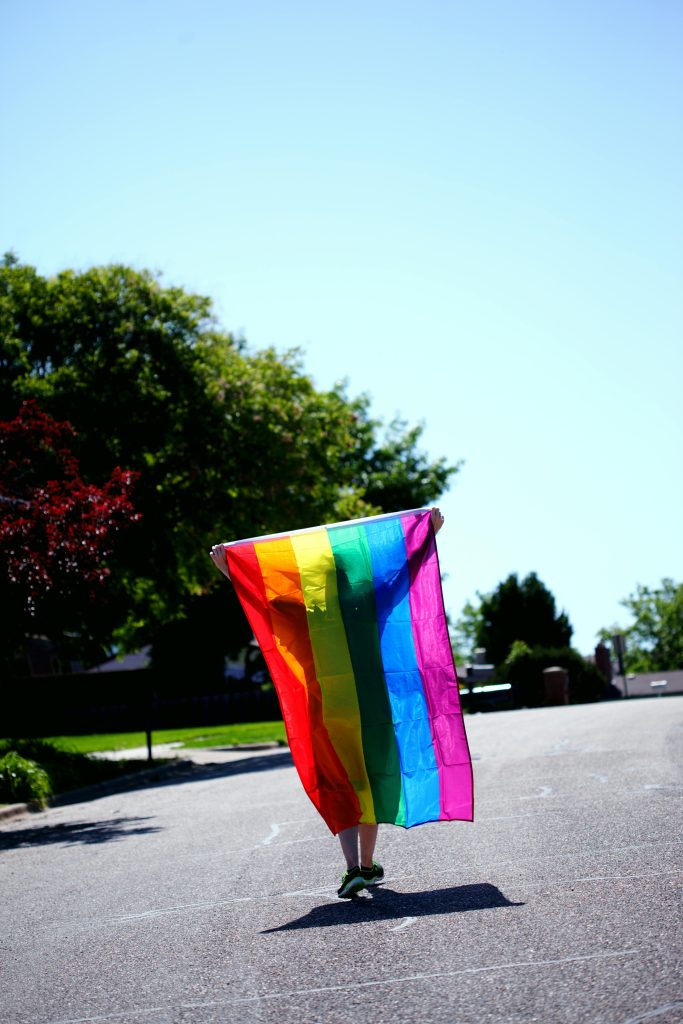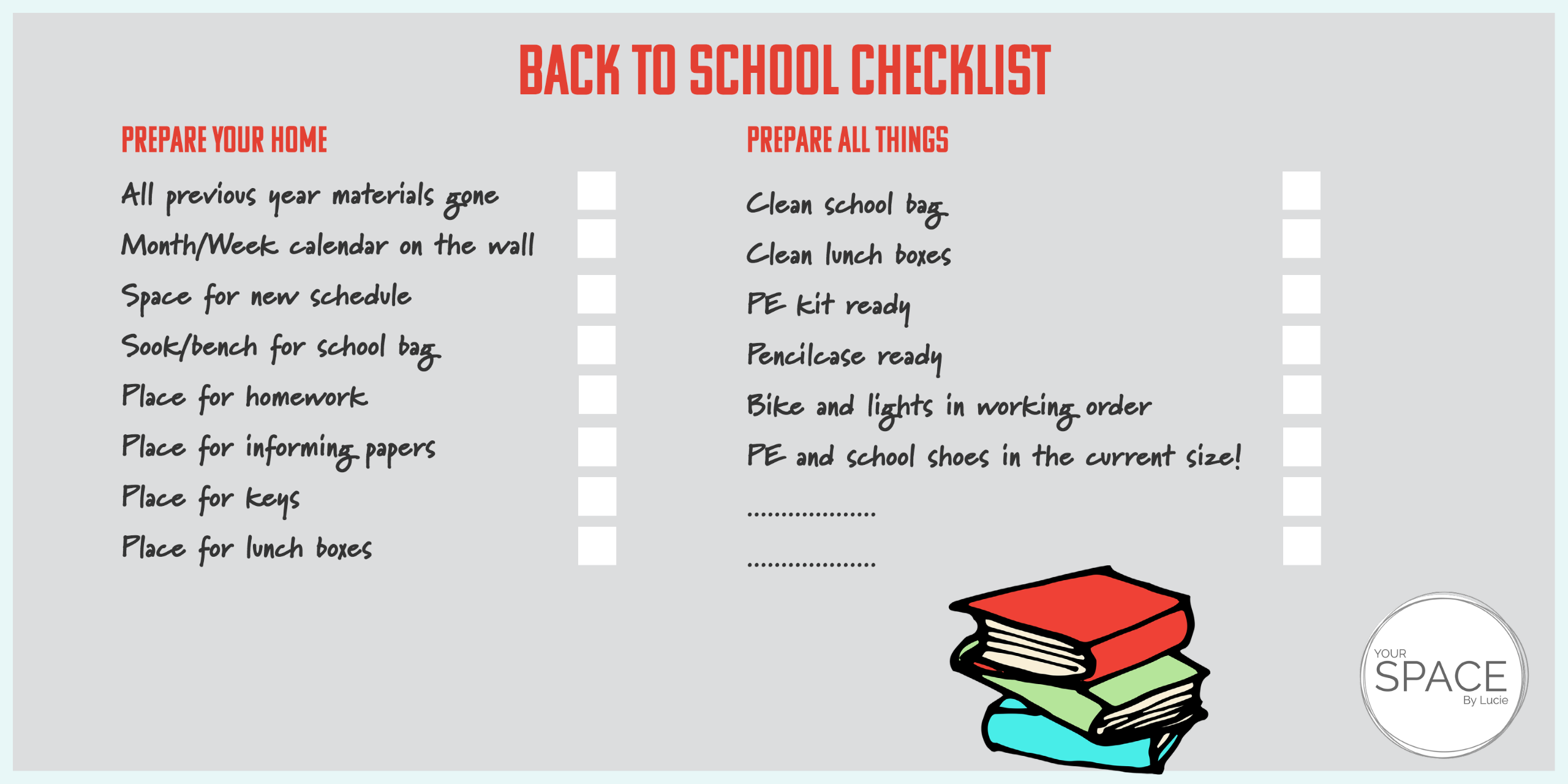A month ago, I became a mother… here is my personal reflection on combining an organized home and life with a newborn…
On the 10th of August 2025, our son Samuel was born. We took time to cocoon at home with him, riding the rapid learning curve and the ups and downs that come with a newborn. 🤪
While I don’t have much time at my hands (literally) to execute things – as they often hold the little one – I do have plenty of time to think and reflect. So let’s see if Samuel gives me enough time to write and share what I have been thinking … 😄
I remember the times I set up baby nurseries, sorted mixed-up clothing sizes, and organized overflow of toys, gifts, and memorabilia…
People would ask me if I am scared to have my own kids because of the chaos they bring. “How will the organizer manage this herself?” kind of curiosity. Honestly, I couldn’t wait to learn the lessons first hand. To relate, to reflect, grow, and be able to support my clients even better!
One month into the game, I want to share a few reflections that make our house the support ground for this challenging period rather than a source of stress…
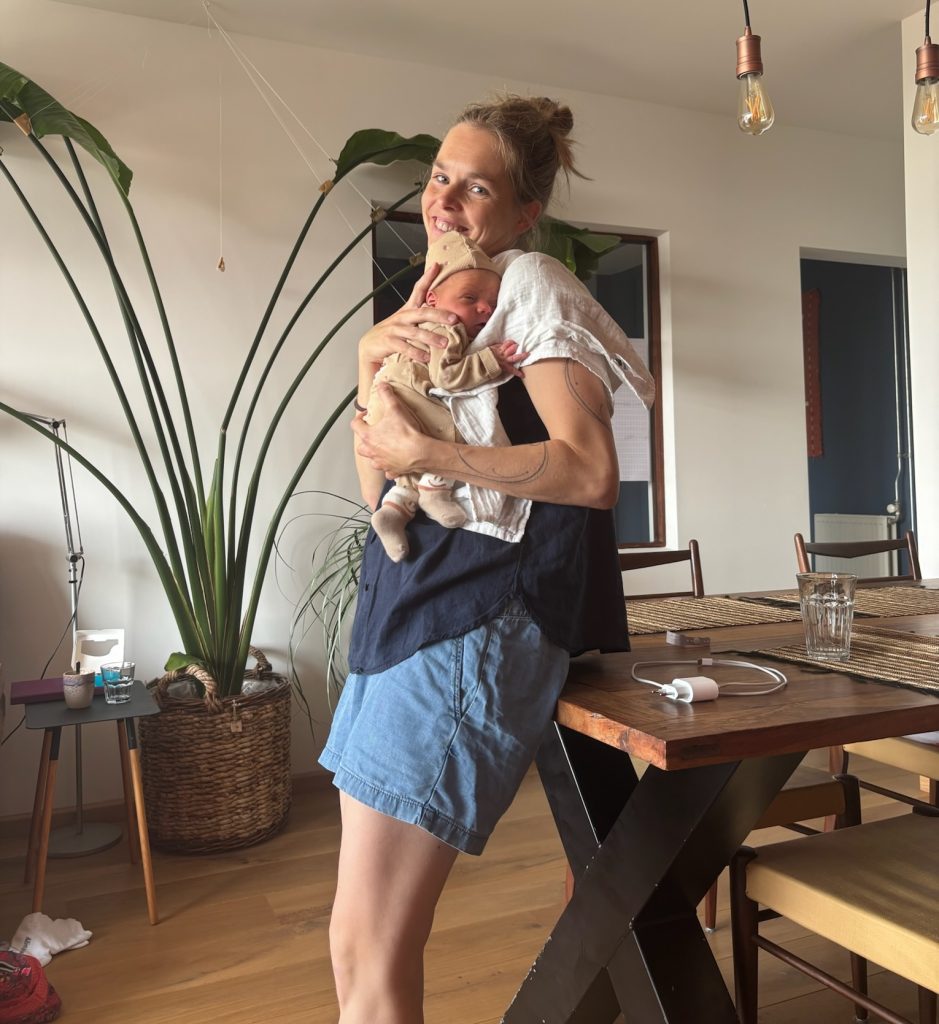
1) If you want to do something, do it NOW because “later” might never come
I am a planner and a to-do list builder. I like to bring my thoughts onto paper and plan a good time in the day to execute on them. Seems quite organized, right? Well – that isn’t quite working out for me this time around!
We both observe with my husband, that if there’s something we want to do, we shouldn’t postpone it to a “later” time. Because that “later” might end up being an hour long soothing session to seemingly random moments of distress, or an unplanned nap time.
It teaches me how to stop procrastinating and start acting. How much time does there really need to be between an idea and the actual execution? If the little one sleeps, I need to act NOW. No time to think about it over coffee, no time to mentally prepare. It brings us to the doing mode.
2) Grateful to have prepared a “no-brainer” organization that allows for the hard days
To be able to execute things right away requires efficiency. And luckily, that is what being organized really is to me. No unnecessary time wasted to look for things, to get to things, and to have unhandy or complicated setups.
If I have lack of energy or lack of time, I need to make sure that functioning and tidying my home is a “no-brainer”. Because THINKING about where and how to tidy up particular things costs me energy/ brain capacity I might not have.
Thanks to all the nurseries I have set up through my work, I knew that the organizing systems we should not be set up for the good days, but the bad days! Having things as simple and clear as possible is a must. And it’s plus to already have homes for the things that are yet to come, like memorabilia, paperwork, gifts, etc…!
3) Extra mental flexibility is still required!
But even with the best systems, in my first week I still found myself in the midst of total mess. What would usually take me a couple hours suddenly took me a full week (like switching my wardrobe back to non-pregnancy clothes that was 10x interrupted and postponed for tomorrow).
Even this week, there are days when I start some tasks (in the hope that doing them NOW) but finish only half as I run to pick up my crying baby.
So there were systems that looked like they will work, and they still needed simplifying: My towel rack is suddenly a place for my handful of breastfeeding friendly outfits I rotate because going to my wardrobe seems to be “too far away”. I am also reworking our linen setup because we go through bedsheets so fast, that pulling a chair to reach a high place to get them is no longer working.
So here’s where I need to stay flexible:
A) Don’t be harsh on myself on the days things don’t quite work out and allow for a temporary mess. Knowing that 90% of my systems work and enable tidying up in 10 mins gives peace to otherwise stressful stimuli.
B) Don’t get stuck on systems I created in theory. Reflect and adjust when required even if the solution doesn’t look “perfect”.
4) Prepare space for gifts and buy things only when you need them!
Babies come with a lot of stuff. Partially because everyone tells you that you need to buy a lot (I fell into that trap as well when preparing for a delivery) and partially because friends and family love to buy you baby gifts.
We bought 0 stuffed toys – now we have 13 just through gifts I received during pregnancy and the first baby visits! I am lucky to have received bags of hand-me-down clothes from my sister in law to have a good base, but I still received so many new beautiful pieces of clothing. Ended up buying only exactly 15 pieces of clothes myself – the type and size I was actually missing a needing (and I still realize I could have done only with half of that).
Same goes for room decoration. It’s much nicer to decorate with the stuff we got – now each item has a story and a person it came with – instead of buying and decorating everything upfront. Because what do you do with what comes, right?!
Well, I am glad Samuel let me write this whole message in one block of sleep and I hope some of my reflections were helpful for you if you wether you are new, old, or expecting parent. 😉 If you wish to connect and receive more organizing musings and practical tips, be sure to sign up for my newsletter below (I promise not to clutter your inbox!)
